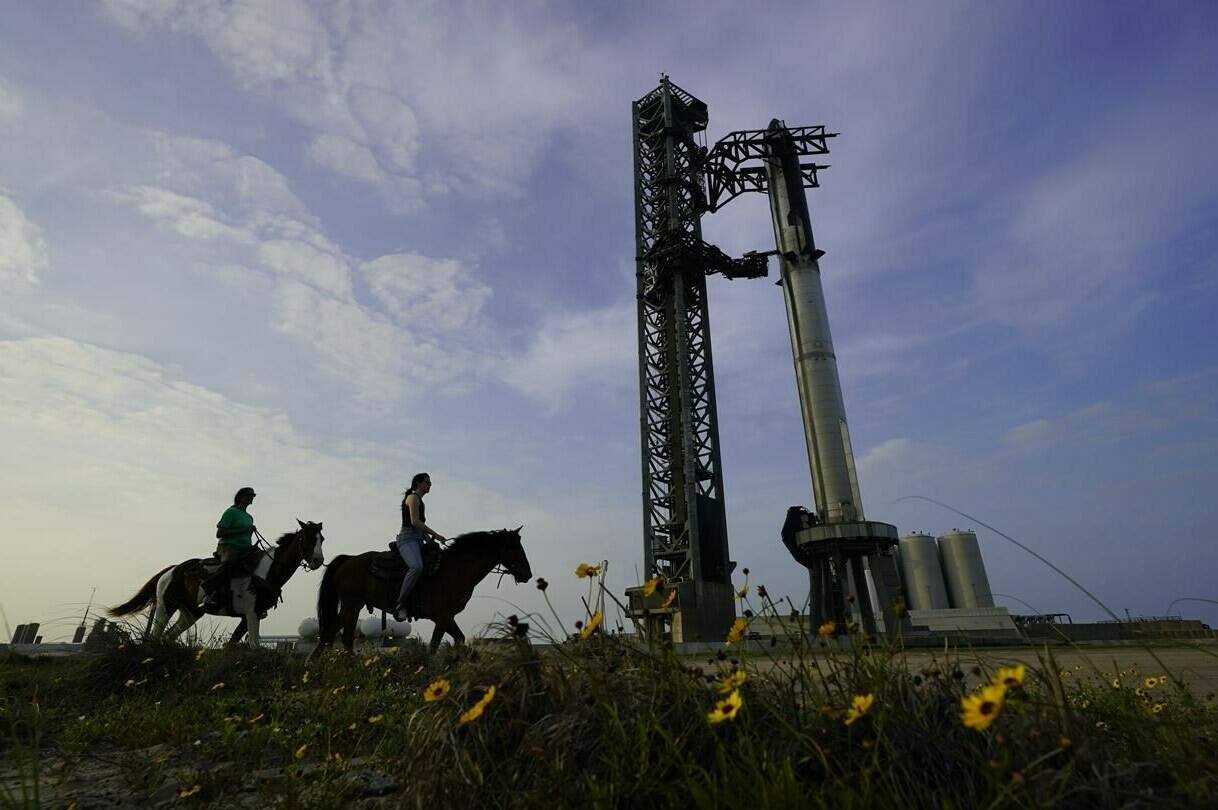“Let’s do things differently this time.”
Those are the first words you hear in this month’s “Spider-Man: Across the Spider-Verse,” an otherworldly meditation on multiple realities. The message is clear from the get-go: We have choices. You are you, sure. But wait — you might also be you and you and you.
The world is a stressful, sometimes lonely place. But what if things could turn out another way? What if, somewhere, they had? Enter the realm of the multiverse and alternate realities, one of the most glorified pop culture canvases — and a repository for the ache and longing of living in an era of uncertainty.
“The cultural assumption used to be that the world we live in is the way it is, and that’s the only way it could be,” says Douglas Wolk, who read 27,000 Marvel comics for his book, “All of the Marvels.”
“What has happened in culture,” Wolk says, “is that people are saying, ‘Well, no. This consensus reality is not how things have to be.’”
The notion of exploring life’s twists and turns through alternate timelines has been around for a while, albeit in varying guises.
“It’s a Wonderful Life” sent George Bailey tumbling into a timeline where he’d never been born to reveal his true impact. In the decades since, that notion has accelerated — a rise in stories that consider events both fictional and real, extrapolating different choices.
What if the South had won the Civil War (“CSA: The Confederate States of America”)? What if Germany and Japan had won World War II (“The Man in the High Castle”)? What if John F. Kennedy hadn’t been assassinated (“11/22/63”)?
Fictional worlds are more malleable. Imaginary characters — particularly beloved ones with established stories — are toyed with in books, TV shows and movies that airlift them out of one life and into another. It’s a canvas that cuts across genres, from rom-com (1998’s “Sliding Doors”) to near-musical (2019’s Beatles jukebox “Yesterday”).
You have the reality where Spider-Man never married M.J. (Marvel Comics’ “Brand New Day”); the universe where a Ben Affleck Batman never existed but the Michael Keaton Batman stuck around and got old (“The Flash”); and the “mirror universe” of “Star Trek” that reveals the baser instincts of beloved characters.
“It’s a way to explore a problem that’s never actually happened in the main story,” sums up Nic Lemire, a California teenager who co-hosts the occasional “Marvel Mondays” podcast with his mother (a former Associated Press film critic).
One crowning example of multiverse success: The Oscar-sweeping “Everything Everywhere All at Once,” which showed all the different lives Michelle Yeoh’s main character might have lived — with the point being that across the multiverse, her family remains a family.
These works are united by one theme: There are always possibilities, for better and for worse, and exploring them is entertaining, enlightening and escapist. That’s no small thing in a post-COVID world where convulsive change can seem the only constant.
“We’re bombarded with things that seem arbitrary, random,” says Hannah Kim, an assistant professor of philosophy at Macalester College. “The number of difficult developments the past few years — the pandemic, political upheaval, effects of climate change, etc. — leave the anxiety-riddled person with the nagging feeling that this all could have been otherwise.”
Exploring the question of “what if” continues to be lucrative — there’s even an entire Marvel show called “What If…?” While multiple universes may start to feel spread thin as a plot device, the trope isn’t going away.
After all, if you can remix popular characters while retaining the potential for a reset in a “prime universe,” what is there to lose? Well, there’s this: If everything is reversible, how high can the stakes really be?
“It narratively lets you have your cake and eat it too — you can kill off the character, have an emotional death scene and then bring the character back from another universe,” says Matt Ruff, whose 9/11 novel, “The Mirage,” posits an alternate universe that flips aggressors, victims and prejudices.
“If everything’s possible, the choices are less interesting. The consequences don’t matter all that much,” Ruff says. “Part of engaging in the real world is engaging with the fact that there’s no magical solution.”
That, though, may be precisely why the notion resonates. Humans have always wanted to try on other outfits, other outcomes, other lives. Technology has enabled people to obtain most anything from the world’s bounty within 48 hours. So why not thousands of stories with thousands of possible endings? What does that do to our relationship with our stories?
“You are looking at a piece of a bigger cultural picture that provides a constant barrage of cultural images that reinforce this idea that we can be better versions of ourselves,” says Colgate University sociologist David Newman, who has written a book on second chances. “People want to believe that when we have a problem, the problem is fixable.”
There’s one Marvel Comics offshoot, “Marvel 1602,” in which Earth’s mightiest superheroes exist at the beginning of the 17th century.
“I posit we are in a universe which favors stories,” Fantastic Four leader Reed Richards says. “A universe in which no story can ever truly end; in which there can only be continuances.”
However it might play out, that’s a universe full of possibilities. And judging from the past two decades, it’s good business as well to keep on asking: What if?
READ ALSO: ‘Everything’ wins best picture, is everywhere at Oscars

